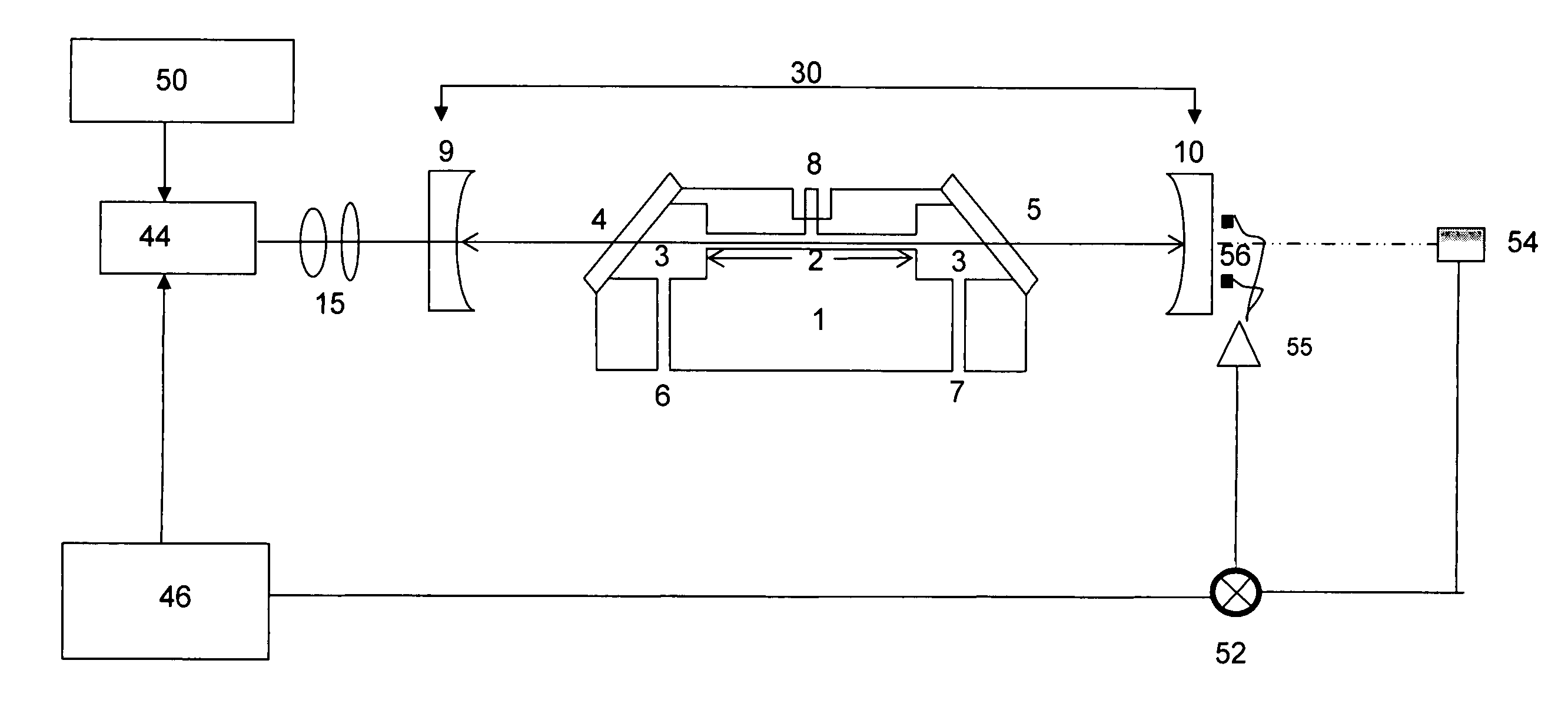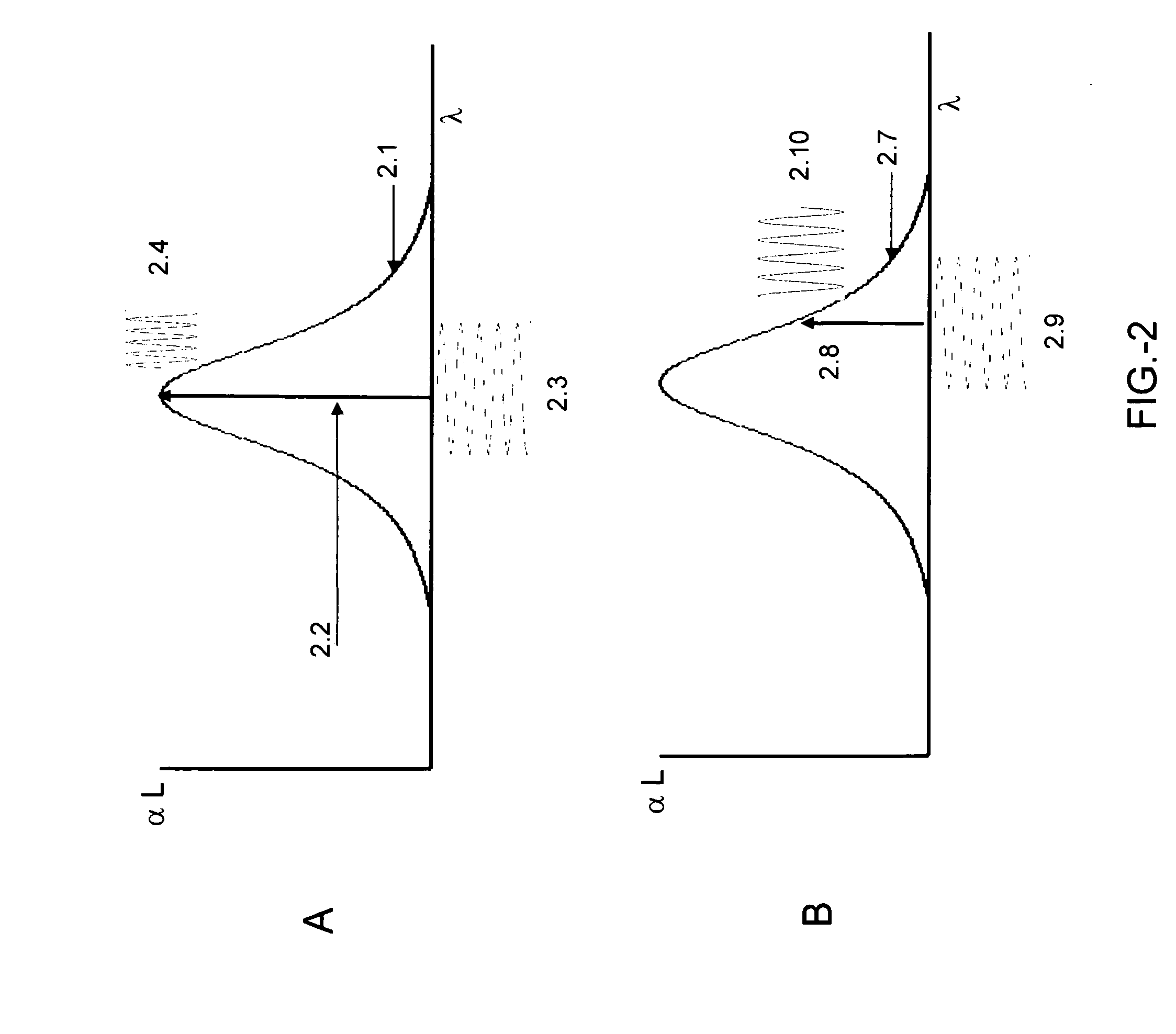System and method for gas analysis using doubly resonant photoacoustic spectroscopy
a photoacoustic spectroscopy and double-resonant technology, applied in the field of system and moisture content monitors, can solve the problems of not having an objective measure of when the moisture content has been reduced, and the noise rejection benefits of wavelength modulation may not be realized, so as to accelerate the yield improvement, optimize the frequency of process tool maintenance, and reduce the effect of associated equipment downtim
- Summary
- Abstract
- Description
- Claims
- Application Information
AI Technical Summary
Benefits of technology
Problems solved by technology
Method used
Image
Examples
Embodiment Construction
[0043] In understanding the present invention, it is helpful to begin with a brief discussion of the behavior of acoustic waves in a closed volume (i.e., resonator). Insight into this behavior is most commonly obtained by solving equations for the motion of acoustic waves (“acoustic wave equations”) in the resonator geometry under study. The simplest acoustic resonator geometry is a cylinder. A solution of the wave equation in cylindrical coordinates provides the allowed acoustic energy distributions, or modes, that are supported by a given resonator. The solutions are usually given by indices which indicate the “order” of the solution, and are related to the number of times the field Pj goes to zero as a function of the relevant coordinate. The most general solution of the acoustic wave equation in this geometry is given by equation 2: Pj(r,ϕ,z,t)=pjCos(m ϕ)Cos(k π zL)Jm(αmnπ rR)ⅇ-ⅈ ωt(2)
[0044] In the modal solutions described by equation 2, the indices k, m, an...
PUM
 Login to View More
Login to View More Abstract
Description
Claims
Application Information
 Login to View More
Login to View More - R&D
- Intellectual Property
- Life Sciences
- Materials
- Tech Scout
- Unparalleled Data Quality
- Higher Quality Content
- 60% Fewer Hallucinations
Browse by: Latest US Patents, China's latest patents, Technical Efficacy Thesaurus, Application Domain, Technology Topic, Popular Technical Reports.
© 2025 PatSnap. All rights reserved.Legal|Privacy policy|Modern Slavery Act Transparency Statement|Sitemap|About US| Contact US: help@patsnap.com



